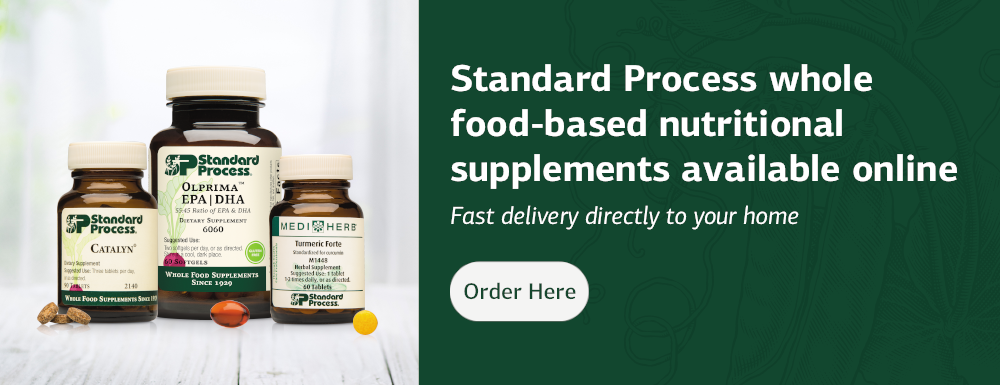Written by Dr. Benjamin Watson
During the diagnostic portion of the treatment, this is the most commonly asked question by patients. While is might seem bizarre at first, the diagnostic use of the tongue is not uncommon within biomedicine as well. However, the vast quantity of information that can be gathered from the tongue is unique to Chinese medicine (CM). In order to understand the role of tongue diagnosis in CM, we have to start with its historical origin.
The oldest reference to tongue diagnosis dates back to the Shang Dynasty (1600-1046 B.C.) where an inscription on a turtle shell states “The tongue fortells diseases”. Since then several classical texts have influenced how the various characteristics of the tongue such as the width, thickness, length, color, texture, movement, and coating can indicate the presence of various pathologies. Some of these texts include the Mai Jing dating back to Warring States period of China (475-221 B.C.) and the Shang Han Lun dating back to the Han Dynasty (25-220AD). As tongue diagnosis was refined in theory and practice, the literature evolved to reflect these refinements as each subsequent text further clarified diagnostic characteristics of the tongue. The improvements in tongue diagnosis throughout the centuries and millennia of its practice are also evident in the greater quality and quantity of the visual diagrams depicting typical presentations of various conditions. While there were only 12 illustrations of the tongue found in the Jin Jing Lu dating back to the Yuan Dynasty (1271-1368 AD), more recent compendiums such as the Ling Chuang She Zhen Tu Pu Yu Ji Bing Zhi Liao published in 1997, contained over one hundred depictions of the tongue. The many texts published today, while they have yet to obtain the status of a Classical text, contain altogether thousands of images demonstrating how pathology can present itself in the various characteristics of the tongue.
Today the tongue is used as one of the primary diagnostic tools within the facet of observational diagnosis, which is one of the four pillars of diagnosis along with smell, palpation, and listening. The most common dissection of the tongue is depicted in the image provided. As you can see, specific sections of the tongue correlate to the different organ systems within the body. For example, pathology of the Heart become evident with in the anterior third of the tongue, while pathology of the Liver and Gallbladder become evident within the sides or margin of the tongue. Further examination of the tongue differentiates tongue color as it represents the presence of various pathogens such as heat or cold. Other characteristics such as the color, coat, or shape of the tongue can also be informative.
It is said that the tongue is the root of the spirit. As such, upon first glance of the tongue through a diagnostic lens, the data gathered from your observations are often simple and disjointed; however, as you continue to familiarize yourself with how the tongue can express the pathology and physiology of the patient, a more holistic, dynamic, and nuanced picture is presented and a more accurate expression of the human condition is interpreted. Unlike pulses, tongue diagnosis has less of a learning curve enabling patients to use their own tongue as a tool to assess how the state of their health in constantly changing. It is as simple as looking at your tongue in the mirror throughout the day. Fluctuations in health can become clearer as you consult your own tongue before and after a stressful week at work, a few nights of good or bad sleep, a spicy meal, throughout an acute illness, or between seasons. While your findings may not be equivalent to a professional diagnosis, checking your own tongue offers you a unique method to become familiar with how your body responds to various stimuli. As always feel free to contact the clinic with questions regarding this topic.

